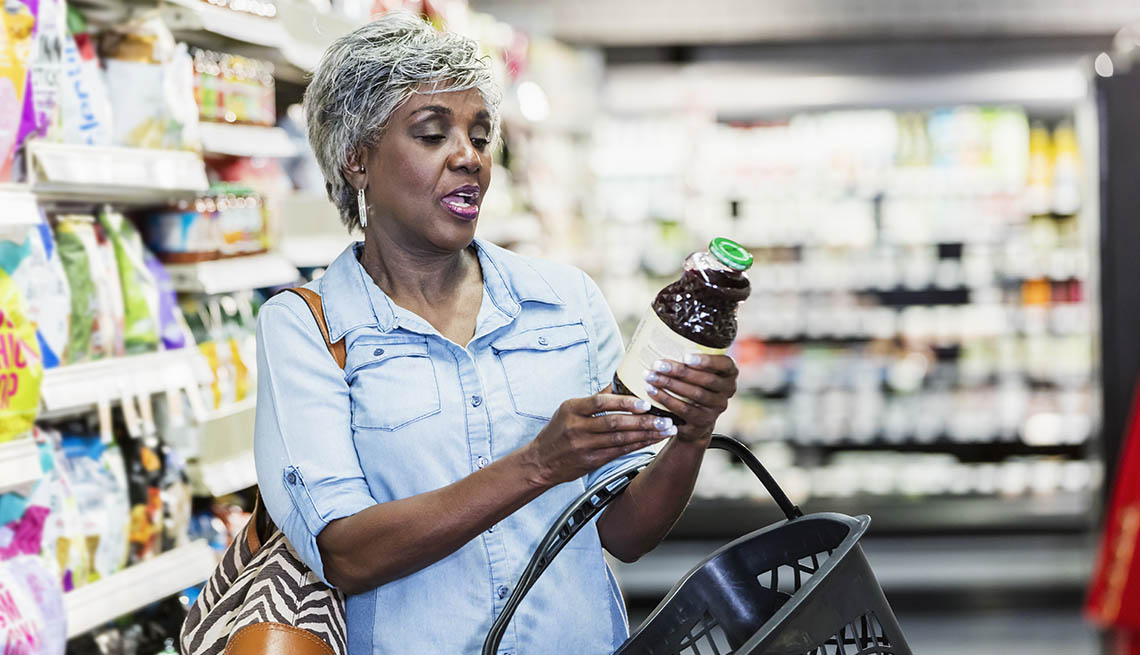
New food labels provide detail on fats, added sugars
- Select a language for the TTS:
- UK English Female
- UK English Male
- US English Female
- US English Male
- Australian Female
- Australian Male
- Language selected: (auto detect) - EN
Play all audios:
If your new year's resolution is to eat healthier, you may be in luck. Though food labels are notoriously confusing, the Food and Drug Administration (FDA) just made them clearer by
rolling out several important updates. While changes have been in the works since 2016, most manufacturers had until this month to get into compliance. (Companies with less than $10 million
in annual food sales have until Jan. 1, 2021, and manufacturers of single-ingredient sugars such as honey and maple syrup have until July 1, 2021, to make the changes.) “The previous label
had been around for more than 20 years, but how much people eat and drink in one serving has really changed since then, as has some of the research around certain nutrients,” says Angel
Planells, a Seattle nutritionist and national media spokesperson for the Academy of Nutrition and Dietetics. Here's a look at some key changes — and what they mean for those over 50 in
particular: A MORE REALISTIC SERVING SIZE To better reflect what people really consume in one sitting, packages that are between one and two servings — like a 15-ounce can of soup — are now
required to be labeled as a single serving. The thinking, says Claudine Kavanaugh, director of the Office of Nutrition and Food Labeling at the FDA, is that most people will consume the
entire can (or bag, or box) at once. If a package holds more than two servings, like a pint of ice cream, manufacturers must now provide “dual-column” labels to show, side by side, the
number of calories and nutrients per serving and per package. “With dual-column labels, people can more easily understand how many calories and nutrients they are getting if they consume the
entire package at one time,” Kavanaugh says. This is particularly important information for older adults: “As you age, your metabolism tends to decrease and you become less active, which
means you really can't afford to eat as much in one sitting,” Planells says. CALLING OUT ADDED SUGARS In the past, manufacturers have had to list only “total sugars” on food labels.
But this doesn't differentiate between added sugars — those mixed in intentionally, which raise the risk of health conditions such as obesity and Type 2 diabetes — and sugars that are
naturally present in whole foods such as fruit and dairy. Now labels have to include both. “This is particularly important for older adults, who are at greater risk of developing Type 2
diabetes, and who really need to watch their consumption of added sugars,” says Maria Elena Fraga, diabetes program manager for the Mount Sinai Health System in New York City. The FDA
recommends that no more than 10 percent of your daily calories come from added sugar, and the American Heart Association is even stricter: It sets limits of 9 teaspoons (36 grams) for men,
and 6 teaspoons (25 grams) for women.